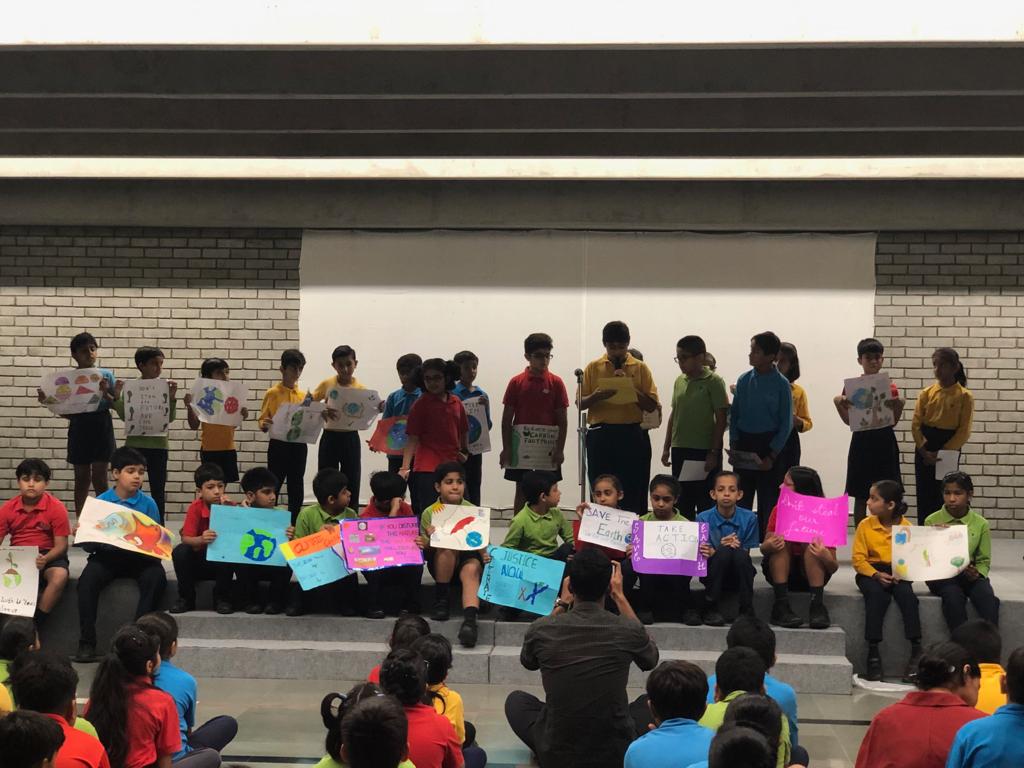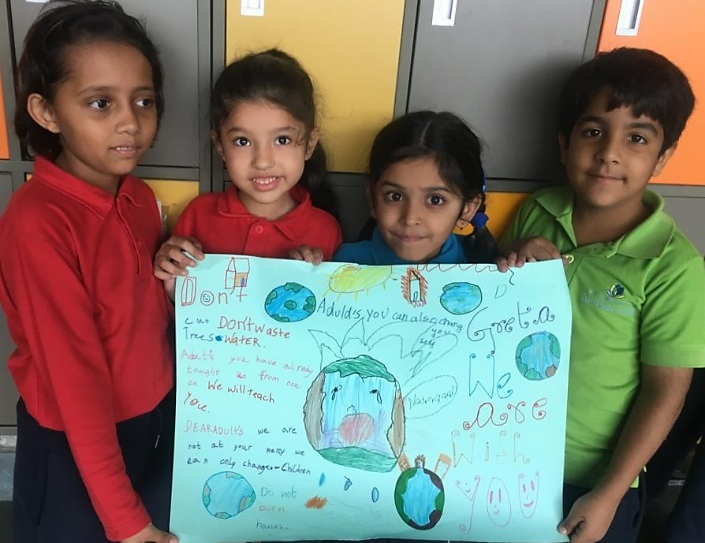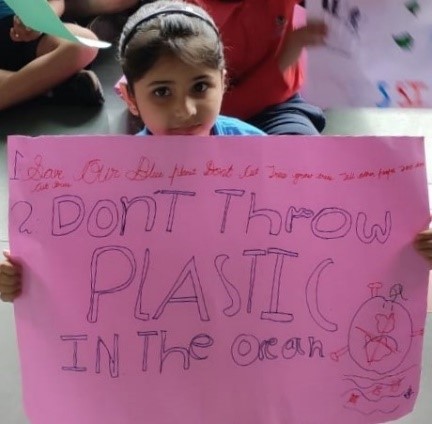Global Climate Strike 2019
Why the strike?
The week of 20-27 September is historic! In over 150 countries across the globe, people are stepping up to support the school strike for climate, started by Ms. Greta Thunberg, a Swedish school in August 2018. Although this movement for climate change has been going on for years, such strikes for demanding change of systems were first seen in 2015, when an independent group of students decided to organize a climate strike in which over 50000 people participated.
![]()
Since August 2018, Greta has been actively demanding change of rules and reduction of carbon emissions as per the Paris Agreement. On September 7 that year she declared that she will protest every Friday until Sweden aligns to the Paris Agreement.
Her efforts and speeches in various assemblies throughout last year has inspired a movement across the globe under the slogan ‘Fridays for Future’.
This September 20-27, the school strikers have demanded a strike across the globe, requesting professionals to walk out of work on Friday to demand action against climate change in their respective geographical locations.
How did we contextualize it?
The children of middle and senior school participated in their own unique way.
Although protests in their traditional sense would have been an expression to show our solidarity with the movement, we at Shiv Nadar School, Faridabad wanted to ensure that we do something that can be translated to daily lives of the students and adults in the school.
Primary
To support the mass protest, students came together and organised a climate strike. Our children were engaged in a week long discussion on the global climate movement. They were enlightened about the changes in the world climate and what steps or measures can be undertaken as students, to put an end to this state of emergency. The students shared their learnings, made posters and held a gathering in school to carry out the protest. They also took a pledge to take various steps to protect and respect the environment. All lights, fans, ACs and everything else using electricity were shut down in the Grade 2 classes for a duration of 40 minutes during the strike.
Children were very enthusiastic and supportive of the movement and thought of different ways in which they can leave a positive impact on the world.
Grades 6 and 7:
Grade 6 & 7 students participated together in a discussion titled: ‘Is climate change real?’
After sharing their views, they watched various videos evidencing the impact of global warming, including how it affects human health. Students were then told about carbon footprint. To understand their own individual impact on the climate, they calculated their own carbon footprints. Many of them were surprised to see their own footprint being double their own weight!
It is important that the students this young realize the gravity of the climate emergency. Hence, they did various research in small groups using their iPads. The research topics covered trivial misconceptions like ‘Is the 2 degree increase very high?’ ‘How does 2 degree impact life?’
Followed by the research, they created a gallery walk and made each other, as well as the school staff aware about various impacts and how they can help on an individual level.
Grade 8 & 9:
Senior students of grades 8 and 9 shared that they have heard and read various articles and news talking about the climate change. However, they also expressed that they did not have any channels that talk about this as an emergency.
To understand the gravity of this issue and why the strikes were happening, they participated in a session, which took them through the purpose, made them aware of what is happening at the national and international level and reflect on individual actions. They used a small worksheet to understand how much impact they were creating on the global climate as an individual and were asked to extrapolate it to their families.
The students were also made aware of small individual changes they can make with their families to lessen their carbon footprints and reduce their individual impact on the environment.
What next?
Students took the day on 20th September to reflect, understand the emergency and work out ways to change course on individual actions to minimize their own negative impact on the environment.
We will not stop at a day full of discussions, all students of grade 6 & 7 will have subsequent sessions and discussions to know how they can help raise more awareness in their families and community.
The students of grades 8 & 9 are working together to find out ways in which they can make the school more sustainable. Grade 9 students have filed a petition to install a recycling machine in the school, that can help minimize the paper waste in an already ‘one-time plastic free’ campus.
They will also be doing a power audit of the school and understand the energy consumption and come up with ways to minimize the power budget.
The Student Council from grades 8 & 9 has also taken up the task of identifying the number of students who take personal vehicles to school and encourage everyone to car-pool or take the bus to minimize the carbon emissions while driving to school.





